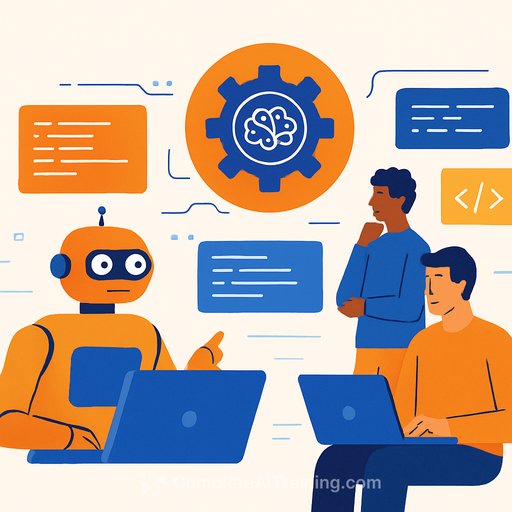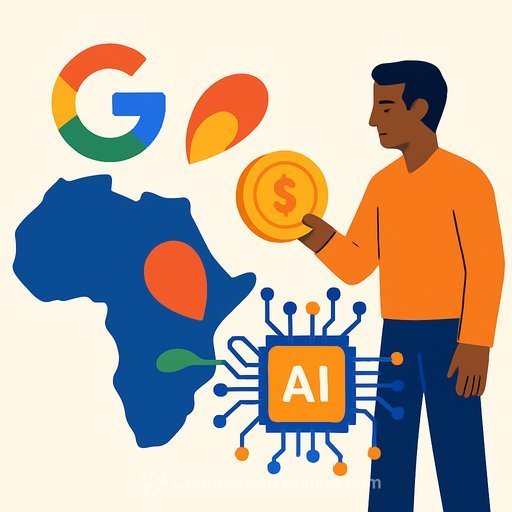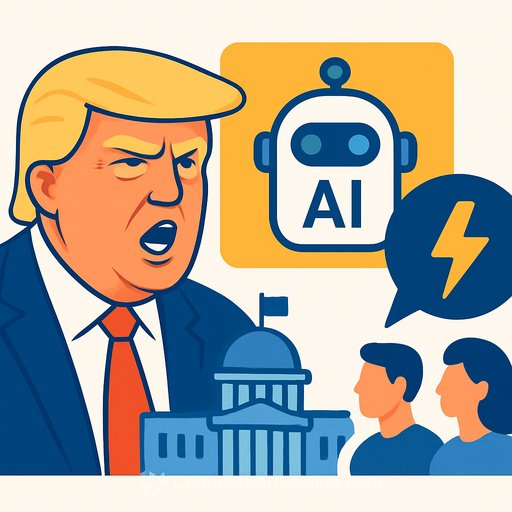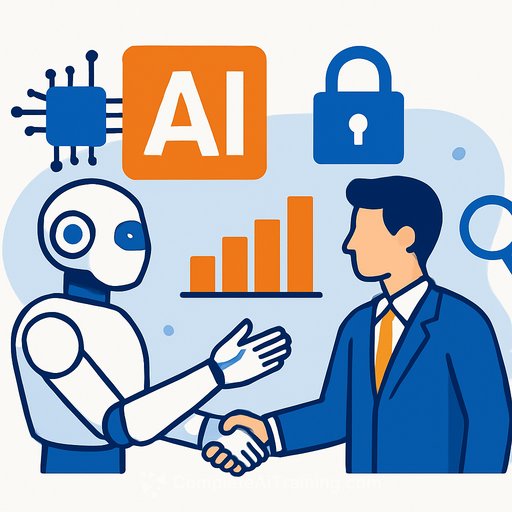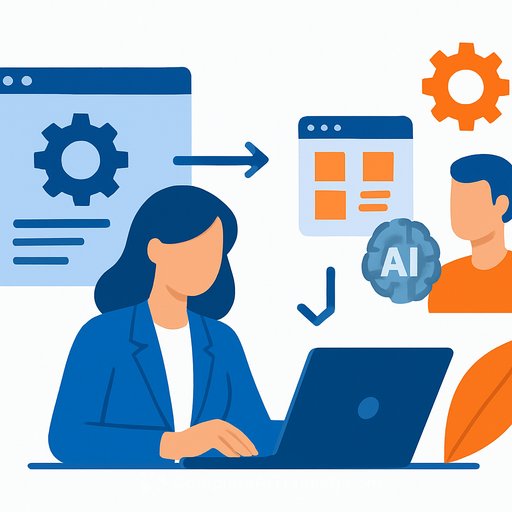AI Tools Transforming Software Development Amid Market Shifts
In 2023, a staggering 92% of programmers used AI tools at work, highlighting how AI is becoming an integral part of software development. Prompt-based AI tools now let anyone create websites or software applications with ease, pushing developers to adopt these technologies to boost productivity.
At the same time, early-career tech workers and computer-science graduates face a shrinking job market. Industry leaders like Amazon’s Andy Jassy and Salesforce’s Marc Benioff have signaled hiring slowdowns or freezes, leaving development teams leaner and with less leverage on salaries and benefits.
Cutbacks and AI Adoption in Tech Companies
Major tech firms have reduced benefit spending and laid off thousands. To compensate, new AI tools are emerging to help developers identify bugs and generate code. Big names like OpenAI (with GPT-5), Google (Jules), and Anthropic (Claude Code) offer these tools, alongside startups such as Windsurf and Cursor.
Jay Preall, a senior consultant with over 30 years in systems integration, notes these AI tools can generate "somewhat simplistic code" that gets you about 60% of the way there. Expertise is still necessary to optimize and speed up the final product.
Google’s Strategic Move: Windsurf Acquisition
Google recently acquired Windsurf’s leadership team and technology, paying $2.4 billion for a perpetual, nonexclusive license and integrating the founders into its DeepMind division. Windsurf had more than 350 enterprise clients, including JP Morgan Chase and Dell, with hundreds of thousands of daily users.
Before the acquisition, Windsurf’s head of product, Anshul Ramachandran, explained how their AI tool boosted developer productivity. It was the first widely accessible tool with agentic capabilities, introduced in November 2024. The product has now been integrated into Cognition's Devin AI offering, with Ramachandran joining Google.
Empowering Nontechnical Teams to Build Apps
Windsurf’s technology enables nontechnical teams—such as sales, marketing, legal, and finance—to create their own internal tools. This can save companies significant costs on expensive off-the-shelf SaaS licenses.
Ramachandran shared that teams across departments cut around $500,000 in software spending by building in-house apps. While hiring may be slowing, the startup ecosystem remains active, and the definition of “developer” is evolving. Anyone familiar with prompting and large datasets can potentially build useful tools internally.
The Need for Technical Expertise Remains
Despite AI’s assistance, companies still require technical experts to ensure compliance and quality. Preall emphasizes the importance of junior engineers who grow into experienced developers capable of verifying and refining AI-generated code.
AI-generated outputs sometimes contain errors or inconsistencies that require expert review. For example, the same prompt can yield different answers, both partially correct, forcing developers to combine and correct responses manually.
Current Limitations and Future Outlook
Some engineering firms report limited benefits from AI tools so far. Coding standards and existing variable names complicate AI-generated code integration, often requiring additional edits.
Still, these tools have potential. As they improve, they could reduce development time and expand the pool of people who can create software. Until then, skilled developers remain essential to maintain quality and ensure product success.
For developers and tech teams looking to sharpen AI skills and navigate these changes, exploring structured AI courses can provide a practical edge. Check out Complete AI Training’s latest AI courses tailored for developers and IT professionals.
Your membership also unlocks:

